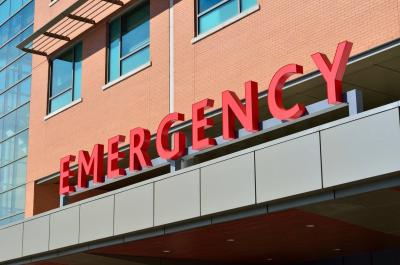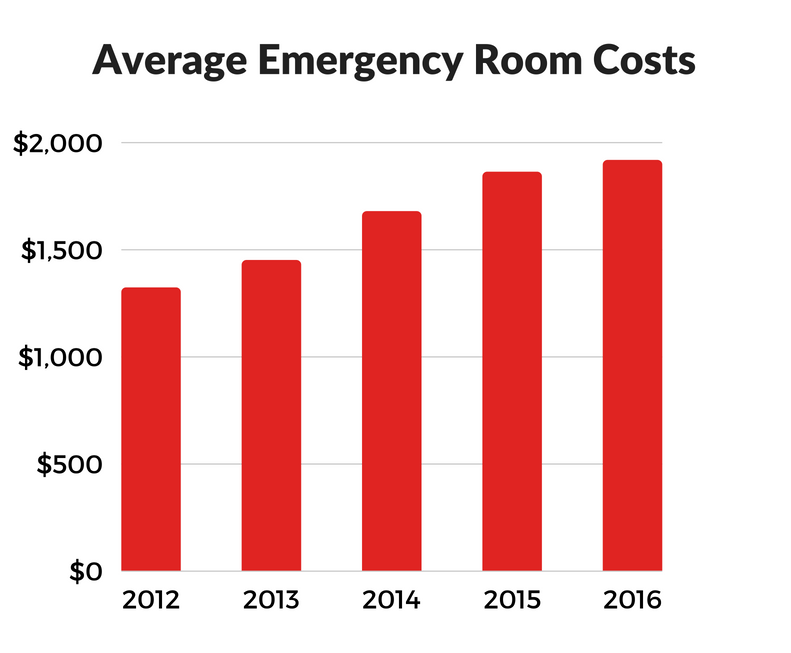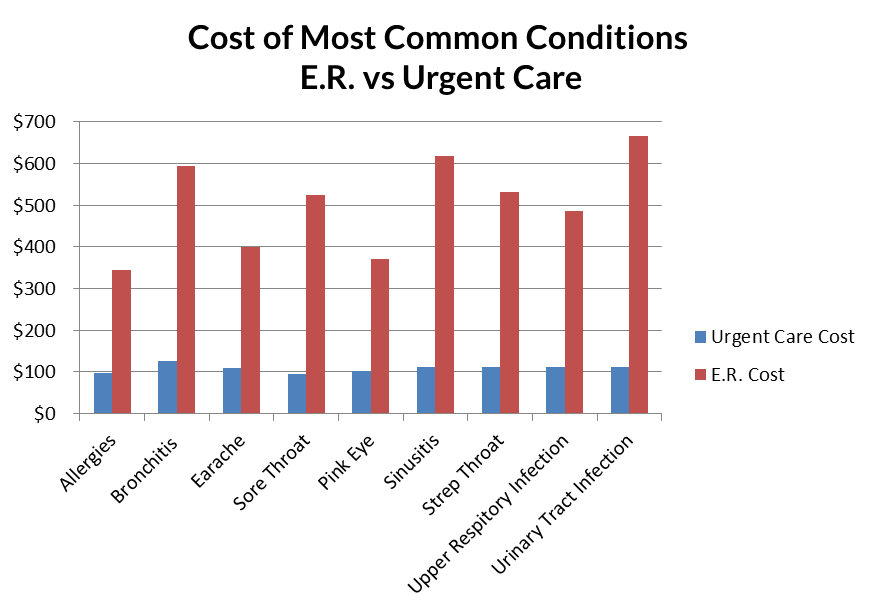
It’s 10:30 at night. After turning the television off, you head down stairs for a late-night snack. You stumble in the dark to find the light switch, miss the handrail and fall down a few steps. Now your ankle is bruised, swollen and you’re a bit shaken.


Not only will an unnecessary visit to the emergency room put a strain on your wallet, you’ll likely have to wait an undisclosed amount of time. Because emergency rooms wait times are based on the severity of the condition, patients with less urgent conditions often wait longer than patients with more severe or life-threatening conditions.
Emergency room wait times on average have increased from 46.5 minutes to 58.1 in recent years, according to the CDC. Although some estimates put emergency room wait times at over 2 hours.
While the average time spent at urgent care centers from arrival to departure is about 30 minutes.
When you are seen at an emergency room, the medical staff has very little information about you. Because of this, additional tests are often performed to receive some of the same information that your primary care doctor may already have. These tests not only may increase your exposure to radiation, and hospital acquired resistant bacteria, but add to your health care costs as well.
32% of E.R. visits are non-urgent. But the question is when should you go to an emergency room?

Any medical procedure associated with a hospital is going to come at a higher cost to you. If you’re hurt and need to see a doctor, consider the severity of your condition and give your primary care doctor or a local urgent care center a call before defaulting to an emergency department. This small change could save hundreds of dollars and hours of time.
Still looking for more information or have questions about a specific condition? Call our Urgent Care Hotline at (352) 224- CARE or hit the button below.
